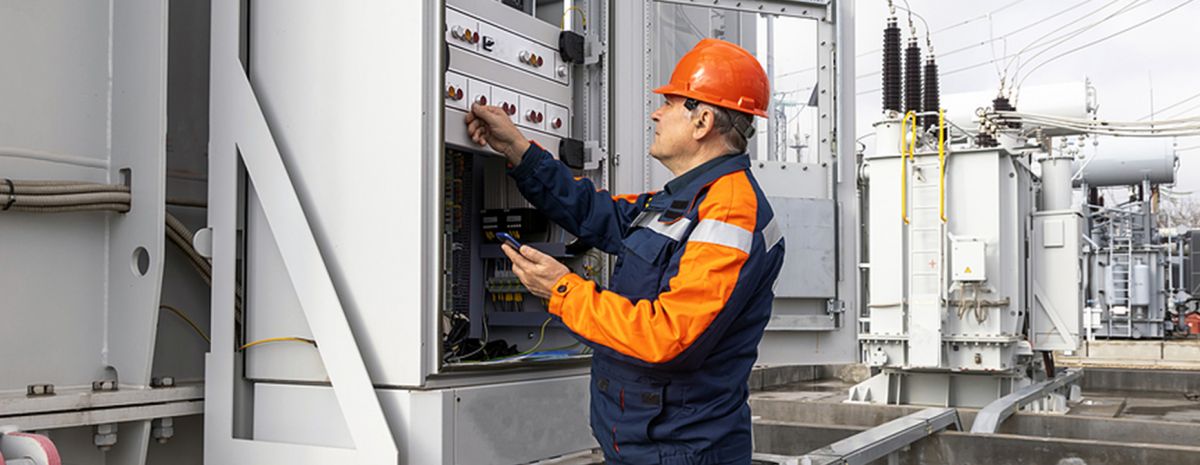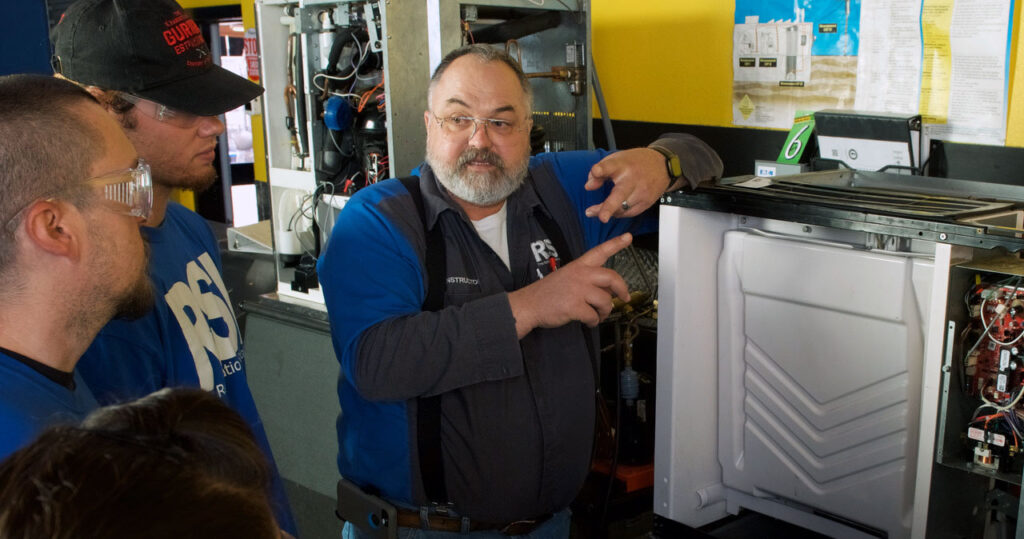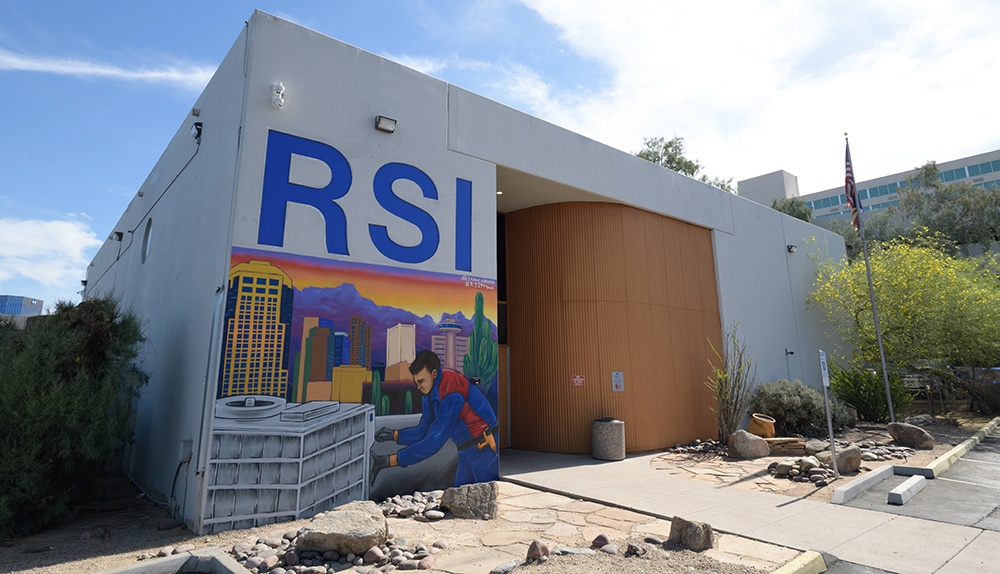RSI is a Great Training Option for Everyone
Learn more about how we can prepare you to advance your career.
Are you interested in electricity? If so, consider a career as an electrician. The long history of AC and DC electricity goes back to the 1800s.
Did you know that Nikola Tesla and Thomas Edison battled over the adoption of AC and DC electricity? During the early years of the US, the standard was DC, but it was not easily converted to different voltages. Tesla found that AC was the answer to this problem and could be converted to different voltages using a transformer. Today, we use both AC and DC electricity. Each has its benefits.
What is AC Electricity?
AC or alternating current allows electricity to alternate back and forth at regular intervals. The electricity that flows through power lines and is used by a household is alternating current. The standard current used in the U.S. is 60 cycles per second or a frequency of 60 Hz.
What is DC Electricity?
DC or direct current continuously flows in one direction. Many devices and battery-operated appliances use direct current. Batteries, fuel cells, and solar cells create DC electricity.
What is the Difference Between AC & DC Electricity?
AC and DC are different types of voltage used to transmit electrical energy. There are many advantages and disadvantages to both AC and DC electricity. Each one has its benefits and can be used in unique use cases. These benefits/differences include:
Get Started on the Path to a New Career
Fill out our form to learn how we can help you change your life.
Direction of Flow
The main difference between AC and DC is the flow of electrons. In AC, electrons alternate directions, whereas DC electrons flow in only one direction.
Energy Cost
Alternating current is relatively cheap to change the voltage. The loss of energy that occurs over long distances is also smaller for AC than for DC electricity. Therefore, DC power isn’t usually transferred over a long distance.
Current Delay
DC power has no advance or delay in a circuit because the current direction consistently flows in one direction. Meanwhile, AC power changes direction 60 times per second, causing a delay in the current flowing to the load.
Current Interruption
On the other hand, DC power is difficult to interrupt. Since it flows continuously, problems such as arcs may occur with an increased risk of shock. AC power is easier to interrupt.
Frequency
DC power has no frequency, whereas AC has a frequency of 60 Hz in the US.
Want To Learn More?
If you want to learn more about electrical applications and technologies, The Refrigeration School has trade school programs that can equip you with the necessary skills and expertise. Call us today at (602) 607-0024 to learn more about our Electrical Applications program.
Additional Sources
This blog has been labeled as archived as it may no longer contain the most up-to-date data. For a list of all current blog posts, please visit our blog homepage at https://www.rsi.edu/blog/




